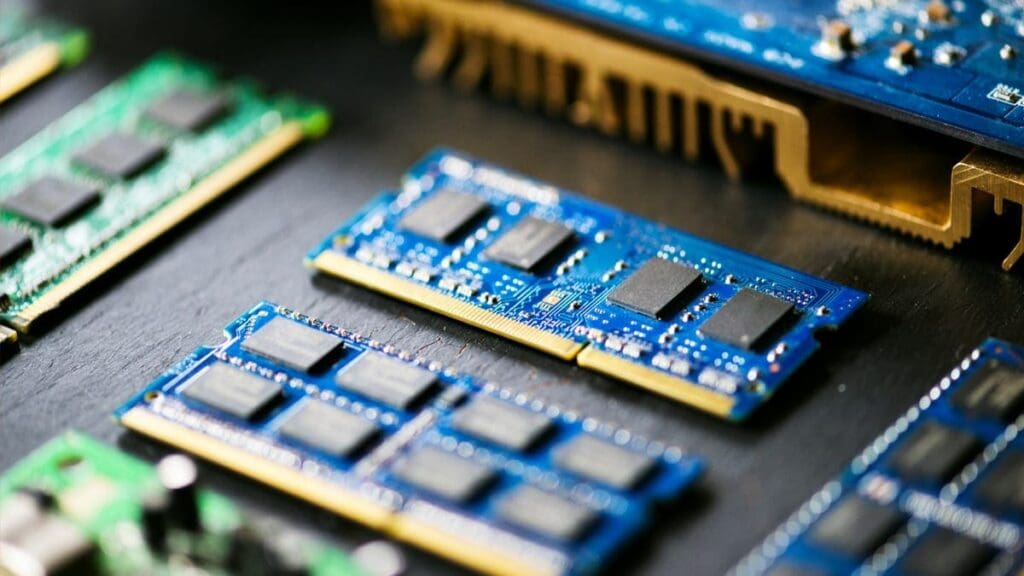Undoubtedly, the COVID-19 pandemic has created new challenges for companies worldwide, particularly for electronic manufacturers who have been suffering from serious supply chain disruptions and component shortages. Here are some insights into what is causing these ongoing electronic components shortage, what does stats indicate for the future and especially, what options do companies have to mitigate supply disruptions and prevent money losses.
Why Did the Global Electronic Components Shortage Happen?
This unprecedented global pandemic drastically changed people’s habits and forced them to do everything from home. As people started buying more electronic devices, like personal computers, smartphones and tablets, this increased the demand for semiconductors, including microcontrollers and microprocessors. Manufacturers couldn’t get enough electronic components, leading directly to the current shortage. As many components come from supply chains in Asia, these shortages started to affect North American manufacturers even before the coronavirus hit the continent.
What started as an issue for the automotive industry, consumer electronics and appliances has now become an issue for the industry in general and it seems like this is not going to see an end anytime soon. In fact, it is believed that once the immediate shortage issue gets resolved, the demand for semiconductors is only supposed to increase with the growing popularity of IoT devices and specially the new 5G telecom networks needed by smartphones with 5G-enabled chips.
In addition, to free fab time, manufacturers anticipate the end of life for older chips. This situation amplifies the problem as even more products require redesign.
Which Sectors Are Affected the Most? Is Your Bottom Line Impacted by This Shortage?
If you are in the medical, energy, aerospace, transportation, infrastructure, or industrial markets, you might be affected by longer lead times, up to 18 months in some cases. In fact, the latest predictions claim that component shortages won’t fully recover until 2023. Some long-term solutions such as increasing the North American production of semiconductors have been pointed out, but it will certainly take time before they are fully implemented.
What Are the Semiconductor Shortage Solutions?
Despite the current situation, you can still put your company in a position to succeed. Here are some options you may consider:
- Wait and see how the situation develops (danger of losing money/clients).
- Find and secure alternate, commercially available components.
- Redesign the PCB.
- Port the code in the case of a microcontroller or microprocessor.
The best way to stay ahead of the chip shortage problem is to work side by side with your local design house in order to outsource the design, form, fit, and function replacement circuitry for your products. Amotus offers electronic design, software and firmware development and can certainly help you identify alternate hardware components, redesign your PCBs and port code to ensure that your products can still be delivered.
Ensure the continuity of your product line and beat the semiconductor shortage with our engineering expertise:







